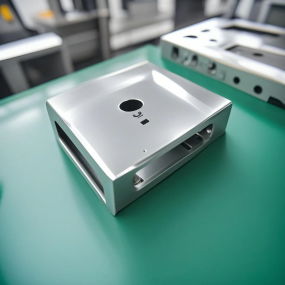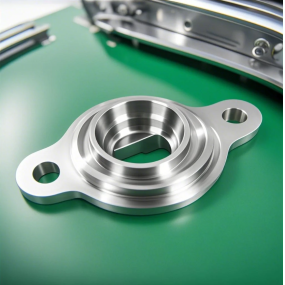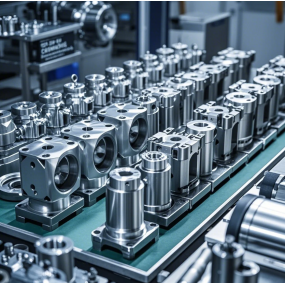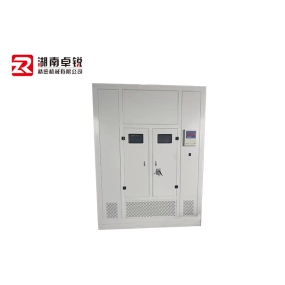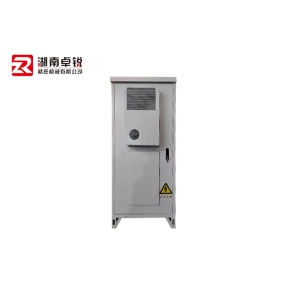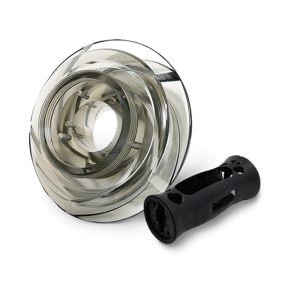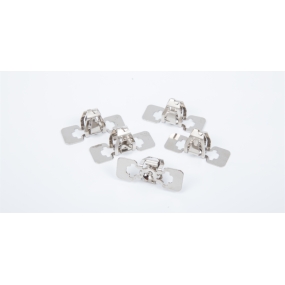HSn70-1 tin brass is a single-phase brass of the copper zinc tin ternary system containing trace amounts of arsenic, classified as arsenic added brass in the Chinese national standard (GB5232-85).
Characteristics and Scope of Application
Trace arsenic can inhibit zinc removal corrosion and further improve the corrosion resistance of alloys. HSn70-1 has excellent mechanical properties,
Used for making heat exchangers and conduits that come into contact with corrosive liquids, it is particularly widely used in inland thermal power plants to make high-strength and corrosion-resistant heat exchanger condenser tubes. In recent years, research has shown that adding trace amounts of boron, nickel, and other elements to HSn70-1 can better improve the corrosion resistance of the alloy. HSn70-1 has a tendency towards stress corrosion cracking, and stress relief low-temperature annealing is necessary for cold worked pipes. HSn70-1 is prone to cracking during hot pressing, and the content of impurities should be strictly controlled.
chemical composition
Excess zinc (Zn),
Lead (Pb) 0.05,
Iron (Fe) 0.10,
Antimony (Sb) 0.005,
Phosphorus (P) 0.01,
Bismuth (Bi) 0.002,
Tin (Sn) 0.8-1.3,
Arsenic (As) 0.03-0.06,
Copper (Cu) 69.0-71.0,
Total impurities% 0.3
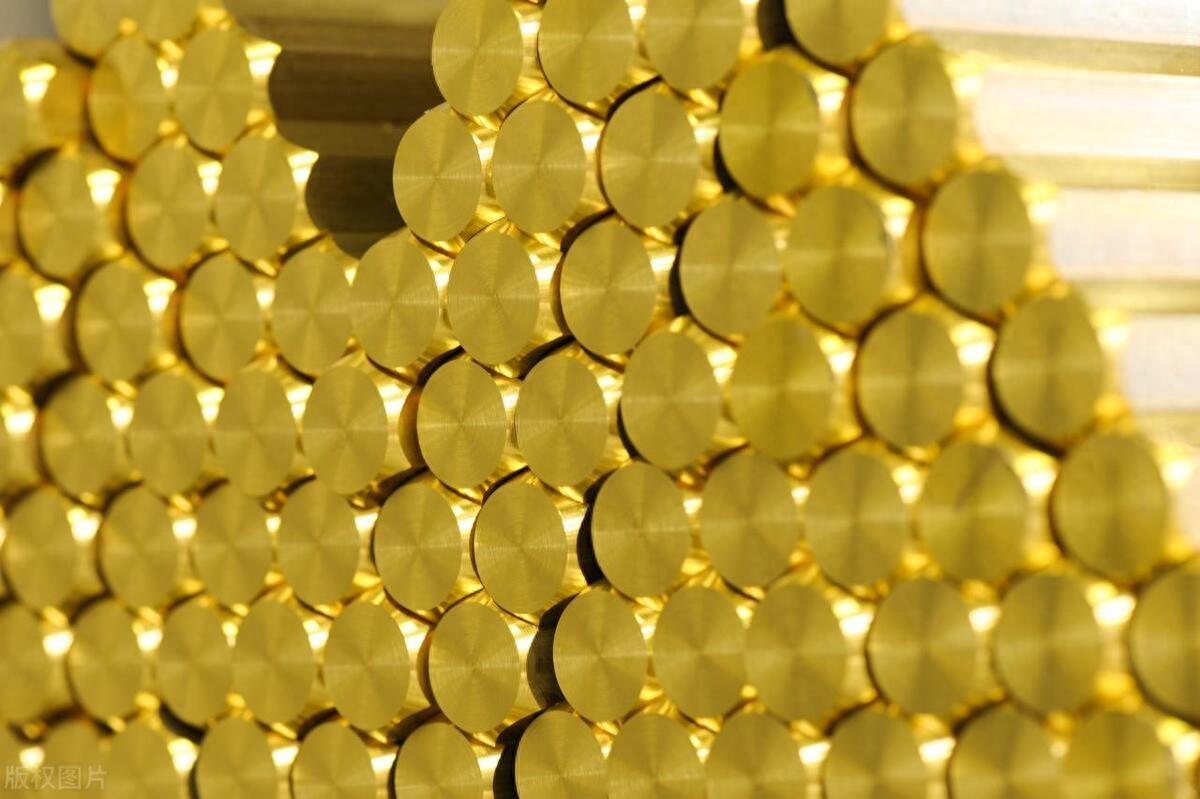
HSn70-1 Copper Alloy Product Characteristics 1 Typical tin brass has high corrosion resistance in atmosphere, steam, oil, and seawater Has good mechanical properties and decent processability Easy to weld and lead weld, good pressure workability in cold and hot states, with a tendency to resist corrosion and rupture. HSn70-1 copper alloy is commonly used for corrosion-resistant parts on ships (such as condenser pipes), conduits in contact with seawater, steam, and oil, and thermal equipment parts
Physical and chemical properties 2.1 Thermal properties Melting temperature range: 899-938 ℃. Thermal conductivity: λ=91.3W/(m ·℃). Specific heat capacity: c=377J/(kg ·℃). Linear expansion coefficient: α=19.710-6 ℃ -1 (20 ℃). 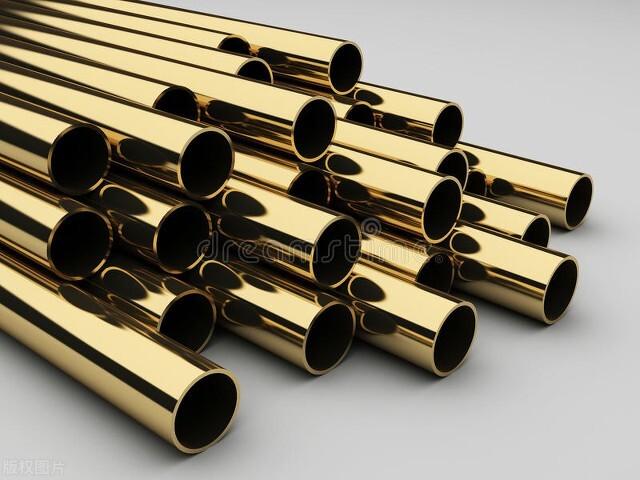
2.2 Density: 8.53g/cm ³. 2.3 Electrical Performance Conductivity: g=25% IACS. Electrical resistivity: p=0.069 μ Ω· m.
3. Organizational structure 3.1 Phase transition temperature HSn70-1 is mainly a single-phase alpha solid solution in equilibrium state. In actual casting, there may be some (a+Y) eutectoids, which can usually be eliminated by heating and annealing. 4 Process Performance and Requirements 4.1 Forming Performance This alloy has good cold working performance and can be hot-rolled and hot extruded, but is not suitable for hot stamping and hot forging. The temperature range for hot processing is 650-750 ℃. The HSn70-1 alloy has excellent welding performance, is easy to solder and brazed, and is also suitable for spot welding and gas shielded arc welding, but not suitable for electric slag welding and submerged arc welding.


 Spanish
Spanish Arabic
Arabic French
French Portuguese
Portuguese Belarusian
Belarusian Japanese
Japanese Russian
Russian Malay
Malay Icelandic
Icelandic Bulgarian
Bulgarian Azerbaijani
Azerbaijani Estonian
Estonian Irish
Irish Polish
Polish Persian
Persian Boolean
Boolean Danish
Danish German
German Filipino
Filipino Finnish
Finnish Korean
Korean Dutch
Dutch Galician
Galician Catalan
Catalan Czech
Czech Croatian
Croatian Latin
Latin Latvian
Latvian Romanian
Romanian Maltese
Maltese Macedonian
Macedonian Norwegian
Norwegian Swedish
Swedish Serbian
Serbian Slovak
Slovak Slovenian
Slovenian Swahili
Swahili Thai
Thai Turkish
Turkish Welsh
Welsh Urdu
Urdu Ukrainian
Ukrainian Greek
Greek Hungarian
Hungarian Italian
Italian Yiddish
Yiddish Indonesian
Indonesian Vietnamese
Vietnamese Haitian Creole
Haitian Creole Spanish Basque
Spanish Basque


